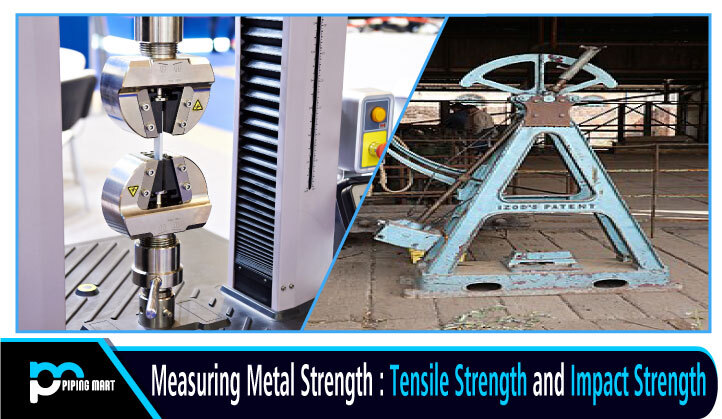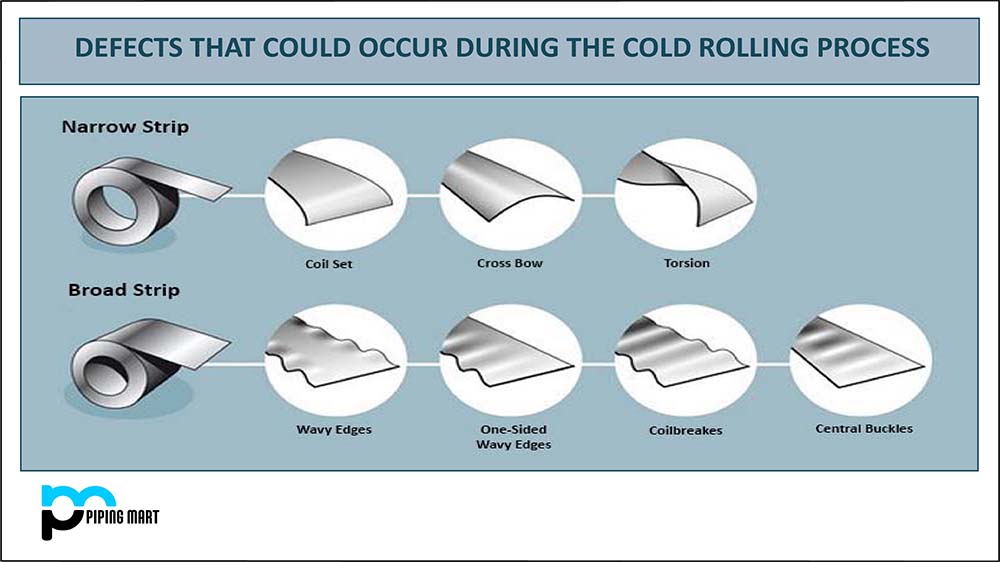Tensile strength and impact strength are two of the most important factors to consider when choosing a metal for a particular project, particularly when it comes to structural applications. It’s critical to understand these mechanical properties and how to test them before choosing the right metal for your project.
What Is Tensile Strength?
Tensile strength is a measurement of a metal’s resistance to deformation and failure as it is subjected to loads that tear it apart (known as tensile loads). The tensile strength of a material is usually measured in pounds per square inch (PSI) or Pascal (Pa).
Tensile strength is of 3 types that is :
- Tensile Yield Strength.
- Ultimate Tensile Strength.
- Fracture Tensile Strength.
The yield strength of a metal is the strength it has until it starts to deform plastically. The ultimate tensile strength of a metal is its highest tensile strength, which is normally discovered after plastic deformation has begun. The strength of the metal at the point of final failure is known as fracture tensile strength.
Testing Tensile Strength:
A tensile testing machine is needed to better measure the tensile strength of a material. This machine is made up of two sets of jaws, a control unit, and cylinders that generate tensile load power. A metal specimen is loaded into the jaws to perform the examination. In most cases, the metal is machined to be stronger where the jaws clamp it than it is in the middle. The control unit activates the cylinders, and one or both sets of jaws begin to shift away from one another, causing the metal to tensile. Data on how much force was used is retrieved from the control device until the material reaches its point of failure.
The force data is then combined with the area of the metal’s cross section to determine the force over area unit, such as PSI or Pa. A stress-strain curve can be used to show the tensile test results. Since so many metals are subjected to a tensile load during their service life, tensile strength is a mechanical property that is commonly recorded. Chains for lifting or towing, fasteners when tightened, or structural metals in a skyscraper when the wind adds weight to the structure are some functional cases where tensile strength is a critical factor.
What is the concept of impact strength?
The power of a metal to withstand collision energy while preventing cracking or fracture is referred to as impact strength. Impact strength, also referred to as hardness, is usually measured in Foot -Pounds or ft-lbf else by Joules per metre or J/m.
Testing Impact Strength
Impact Strength can be measured in a variety of ways. The Charpy V-notch test is one of the most often used method of testing. A metal specimen is machined to a size determined by a standard and a notch precision machined into the middle to perform a Charpy V-notch examination. This functions like a geometric stress concentrator, causing the substance to crack in the exact spot desired during testing. This notch must be machined with great precision because it is critical for retrieving correct test data.
A Charpy V-notch tester is then used to analyse the metal sample. The Charpy V-notch tester consists of a specimen vice and a horizontally positioned pendulum with a known weight.
The pendulum is released during the measurement, and the energy consumed by the metal as the pendulum hits and deforms it is measured. The amount of energy consumed is then combined with the metal’s dimensional values to determine the metal’s impact power. This test is often performed at a variety of temperatures because temperature has a significant influence on metal impact ability. The Izod impact strength test is another choice for determining hardness.
Since metals are exposed to crashes and impacts – even if unintentional – in too many applications, impact strength is a significant mechanical property to understand. A hammer head colliding with an individual, stamping dies, and chisels are all examples of impact stresses applied to metals.

Pipingmart is B2B portal specializes in industrial, metal and piping products. Also, share latest information and news related to products, materials and different types grades to help business dealing in this industry.




